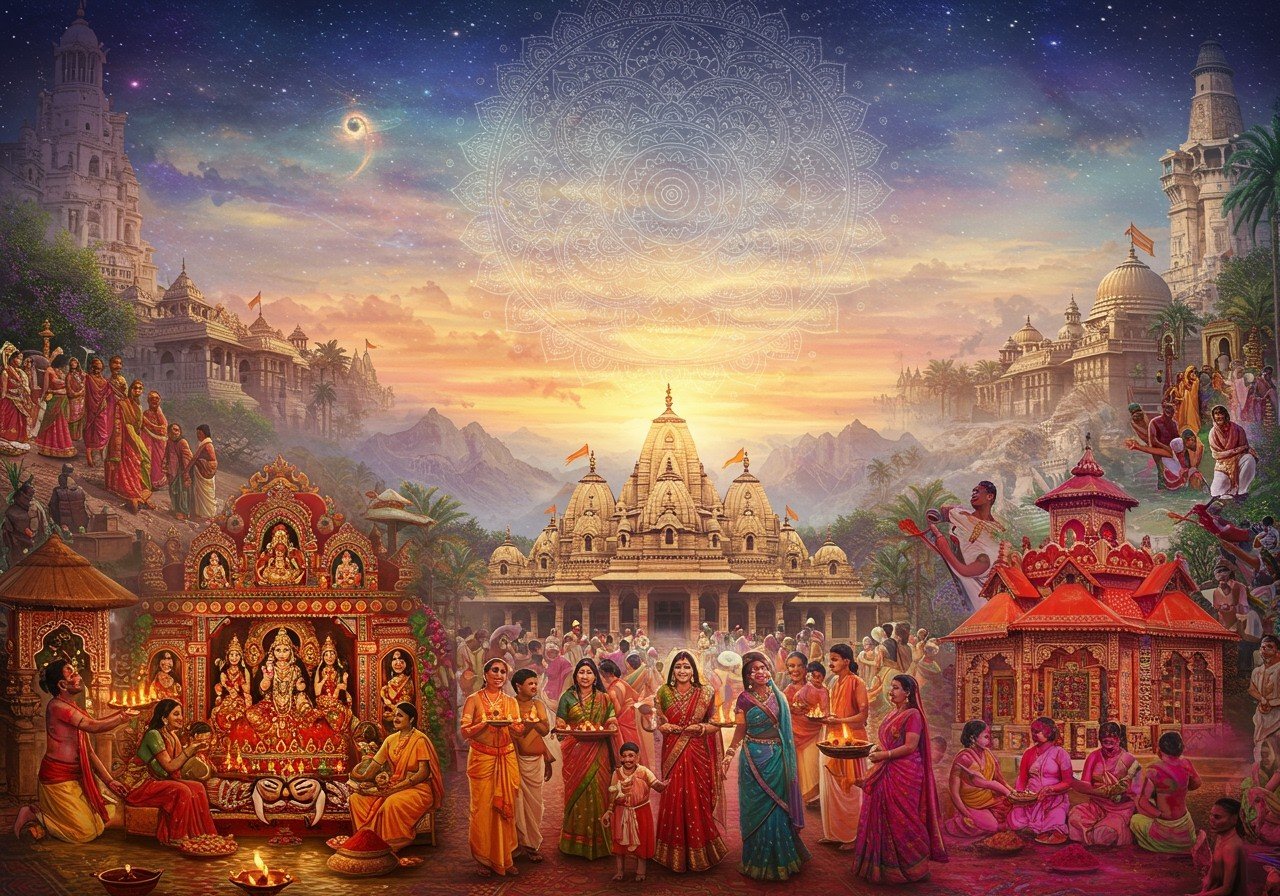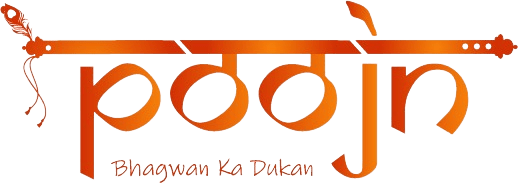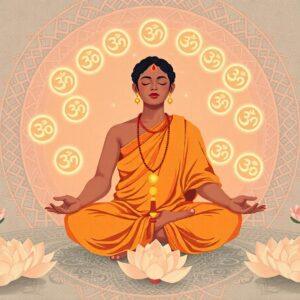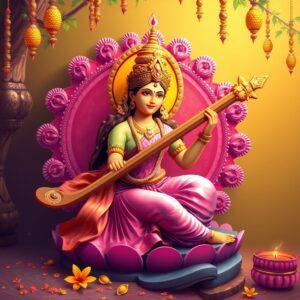
Hinduism, among the world’s oldest religions, presents a rich tapestry of diverse traditions and practices. This ancient faith, deeply rooted in culture, is integral to the lives of millions, particularly in India. This blog delves into various facets of Hindu traditions, celebrating the diversity within this profound belief system. For a deeper understanding of the rich tapestry of Indian culture and heritage, explore resources like those found by searching “indian culture tapestry” online. You’ll find articles, images, and more that showcase the beauty and complexity of this ancient civilization.
The Historical Roots of Hinduism
Understanding the Origins and Evolution
Hinduism’s origins trace back over 4,000 years, establishing it as one of the world’s oldest religions. The Vedas, ancient sacred texts, serve as the bedrock of Hindu beliefs and practices. The Upanishads, philosophical texts, further shape spiritual understanding. Epics like the Mahabharata and Ramayana offer moral and ethical guidance. Delve deeper into the historical development of Hinduism with resources like “Hinduism: A Complete History and Origin“.
- Vedic Age: This period marks the genesis of Hinduism, laying the groundwork for its core beliefs and practices. The Vedas, composed during this era, hold immense significance in Hindu tradition.
- Classical Period: Witnessing significant growth and development, this era saw the emergence of various schools of thought and the codification of religious practices. The Upanishads, composed during this period, provided profound insights into the nature of reality.
- Medieval Era: This period involved evolution and integration of diverse influences, shaping Hinduism into its present form. The Bhakti movement, emphasizing devotion and love for God, gained prominence during this time.
Key figures like Adi Shankaracharya consolidated Hindu doctrines. Colonialism’s impact spurred a Hindu renaissance in the 19th and 20th centuries. Explore more on this topic through “Hinduism: A Concise History and Exploration of its Origins“.
Core Beliefs and Philosophies
Exploring Dharma, Karma, Samsara, and Moksha
Dharma embodies the moral duties guiding a Hindu’s life. Karma, the law of cause and effect, shapes one’s present and future lives. Samsara represents the cycle of birth, death, and rebirth. Moksha, the ultimate goal, signifies liberation from this cycle. Gain further insights into these fundamental concepts with “Dharma and Karma in Hinduism Explained“.
- Dvaita and Advaita Vedanta: These represent dualistic and non-dualistic philosophies within Hinduism, offering different perspectives on the relationship between the individual soul and the ultimate reality. Dvaita emphasizes the distinction between the two, while Advaita posits their ultimate unity.
- Six Classical Schools (Shad Darshanas): These schools—Nyaya, Vaisheshika, Samkhya, Yoga, Mimamsa, and Vedanta—explore various aspects of knowledge, reality, and liberation. They offer diverse yet complementary approaches to understanding the universe and human existence.
- Bhakti: This path emphasizes devotion and love for God as a means to spiritual realization. It involves practices like chanting, prayer, and worship, fostering a deep personal connection with the divine.
- Meditation and Yoga: These practices are essential paths to enlightenment, promoting self-awareness, mental clarity, and spiritual growth. They cultivate inner peace and harmony, leading to a deeper understanding of oneself and the universe.
Deities and Symbols
Understanding the Pantheon and Symbolism
Hinduism boasts a vast pantheon of deities. Major gods include Brahma (the creator), Vishnu (the preserver), Shiva (the destroyer), Lakshmi (goddess of wealth), Saraswati (goddess of knowledge), and Durga (goddess of power). Avatars like Rama and Krishna embody divine incarnations. Explore the fascinating world of Hindu deities further with “Hindu Gods and Goddesses: A Complete Guide“.
Important symbols enrich Hindu tradition:
- Om: This sacred sound represents the ultimate reality, symbolizing the universe’s essence. It is often chanted during prayers and meditations.
- Swastika: A symbol of auspiciousness and good fortune, it represents well-being and prosperity. It is commonly used in religious ceremonies and decorations.
- Lotus: This flower symbolizes purity and enlightenment, representing spiritual growth and the unfolding of consciousness. It is often associated with deities like Lakshmi and Saraswati.
Sacred objects like the Shiva Lingam and Tulsi plant play significant roles in rituals. The Ishta-Devata concept allows personal deity worship. Learn more about the significance of Hindu temples and rituals with “Hindu Temples Explained: A Guide to Their Significance” and “Hindu Rituals: Significance and Importance“. Poojn.in offers a wide selection of Lord Shiva murtis and other deity statues for your personal altar.
Festivals and Celebrations
Major Hindu Festivals and Their Significance
Hinduism is renowned for its vibrant festivals, deeply embedded in tradition and culture. Each festival carries unique significance, rituals, and practices, uniting families and communities in joyous celebration. Explore resources like those discussing “Cultural Diversity in India” to understand the significance of these festivals in the broader cultural context.
Diwali: The Festival of Lights
Diwali, also called Deepavali, is a major festival symbolizing light’s triumph over darkness and good over evil. Lord Rama’s return to Ayodhya after defeating Ravana is central to this festival. Homes are adorned with diyas (oil lamps), rangoli, and lights. Families gather for Lakshmi Puja, seeking prosperity and well-being. Sweets and gifts are shared, and fireworks illuminate the night sky. Poojn.in offers a wide range of camphor and incense sticks to enhance your Diwali celebrations.
Holi: The Festival of Colors
Holi, a vibrant festival, signifies spring’s arrival and good’s victory over evil. The Prahlad and Holika legend is associated with this festival. People revel in colors, drenching each other in water and powdered hues. Bonfires are lit on Holi’s eve, symbolizing negativity’s destruction. This joyous celebration fosters community and togetherness.
Navratri: Celebrating the Goddess
Navratri, a nine-night festival, honors Goddess Durga, celebrating her victory over the demon Mahishasura. Devotees perform traditional dances like Garba and Dandiya Raas, particularly in Gujarat. Temples are decorated, and special prayers are offered. Fasting and feasting are common practices. Enhance your Navratri celebrations with authentic puja items from Poojn.in.
Raksha Bandhan: Bond of Protection
Raksha Bandhan celebrates the brother-sister bond. Sisters tie rakhi on their brothers’ wrists, symbolizing love and protection. Brothers pledge to protect their sisters and offer gifts. This festival strengthens family ties and sibling relationships. Find beautiful rakhis and gifts on Poojn.in to make this occasion even more special.
Regional Variations in Celebrations
India’s diverse culture leads to regional variations in festival celebrations. Durga Puja in West Bengal features grand processions and elaborate Durga idols. Onam in Kerala involves Pookalam (floral designs), Thiruvathira (traditional dance), and Onasadya (grand feast). These variations highlight Hindu traditions’ richness. Explore resources like “Hinduism’s Global Reach: A Look at its Diverse Traditions” for more information.
The Role of Family and Community
Festivals are integral to Hindu family life, strengthening bonds and transmitting traditions. Community participation fosters social cohesion and cultural continuity.
Food, Music, and Dance
Festivals are incomplete without special foods. Diwali features sweets, while Holi has Gujiya. Music and dance enhance the festive spirit. Traditional songs, devotional hymns, and folk dances unite people in celebration.
Modern Convenience: Online Shopping
Technology simplifies festival preparations. Authentic ritual items, traditional attire, and decorations are available online. Poojn.in offers a convenient way to access these essentials, preserving traditions in modern life. Shop for Laddu Gopal murtis and other religious items with ease and convenience.
Conclusion: Embracing Tradition and Modernity
Hinduism beautifully blends ancient traditions with modern life’s convenience. Festivals unite families and communities, celebrating love, devotion, and heritage. Technology, through online platforms like Poojn.in, facilitates access to authentic ritual items, ensuring traditions thrive in contemporary lifestyles. As we celebrate, we transmit values and joy, ensuring Hinduism’s essence endures. Embrace these celebrations’ warmth, unity, and spiritual richness, cherishing tradition and modernity’s beautiful blend.
FAQs on Hinduism
What are some regional variations in Hindu rituals and festivals? Hinduism’s diversity is reflected in regional variations. Diwali celebrations differ between North and South India, with varying customs and traditions. Regional festivals like Pongal in Tamil Nadu and Makar Sankranti elsewhere further highlight this diversity. Explore more on regional variations by searching for “rich cultural tapestry pdf” online.
How do the different sects within Hinduism differ from each other? Hinduism encompasses various sects like Vaishnavism, Shaivism, and Shaktism, each with its own focus of worship and specific practices. While they differ in their approach, they contribute to the overall richness and diversity of Hindu tradition. For a deeper understanding of the different sects, search “what is cultural tapestry” online.
What philosophies underpin Hinduism? Various philosophies like Vedanta, Yoga, and Samkhya form the foundation of Hindu thought, exploring concepts of reality, consciousness, and liberation. Each philosophy provides a unique lens through which to understand the universe and human existence. You can find more information on this by searching “cultural tapestry book” online.
How does Hinduism promote unity in diversity? Hinduism embraces a multitude of beliefs, practices, and paths to spirituality, fostering respect and understanding among its followers. This inclusivity allows for a harmonious coexistence of diverse perspectives within a shared tradition. Learn more about this concept by searching “traveling through the tapestry” online.
What are some common Hindu festivals celebrated across India? Diwali, Holi, Navratri, and Raksha Bandhan are among the widely celebrated festivals, each with its own unique significance and customs. These festivals bring people together, reinforcing cultural values and traditions.
How do Hindus celebrate their festivals? Hindu festivals are marked by various rituals, prayers, offerings, decorations, special foods, music, and dance, creating a vibrant and joyous atmosphere. These celebrations often involve community participation, strengthening social bonds and cultural identity.
What role do temples play in Hinduism? Temples serve as sacred spaces for worship, meditation, and community gatherings, playing a central role in Hindu religious and social life. They house deities, host rituals and festivals, and offer a place for spiritual reflection.
Why is Hinduism considered a diverse religion? Hinduism’s diversity stems from its vast array of beliefs, practices, traditions, sects, philosophies, and regional variations. This inclusivity and adaptability have allowed it to thrive for centuries, embracing a wide spectrum of spiritual expression. Learn more about Hinduism’s core beliefs and practices by visiting Exploring Hinduism: Core Beliefs and Practices and discover the enduring influence of the Ramayana on Indian culture at Ramayana’s Enduring Influence on Indian Culture. And for an overview of key Hindu scriptures, visit Sacred Texts of Hinduism: A Guide to Key Scriptures.
Poojn.in offers a wide variety of products to support your observance of Hindu traditions and festivals. Visit our website today! to explore our collection and enhance your spiritual journey. We offer everything you need for puja ceremonies, from camphor tablets to sandalwood incense and rose incense. Prepare for Maha Shivaratri with our comprehensive guide: Maha Shivaratri 2025: Dates and Events Guide.


